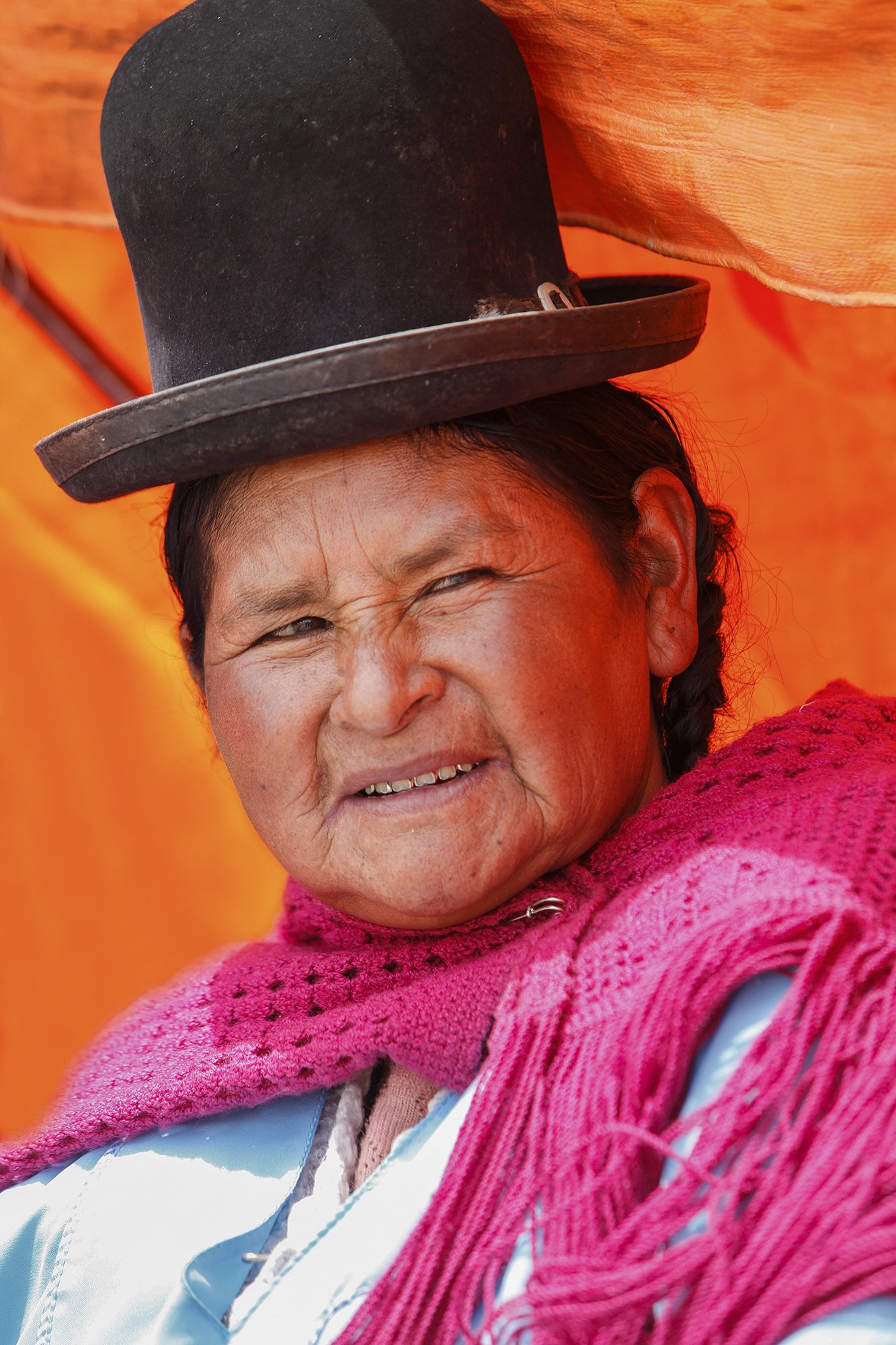Alan de Herrera
Freelance writer & photojournalist
Bolivia’s Indigenous Cholitas
Bolivia is a country rich in culture and tradition, and one of the most fascinating aspects of its culture is the indigenous Cholitas. These women have become an icon of Bolivia, representing the strength and resilience of the country's indigenous population.
The term "Cholita" refers to indigenous women who wear traditional Andean clothing, including a bowler hat, a brightly colored shawl, a long skirt, and high leather boots. The bowler hat, in particular, has become a symbol of the Cholitas and is recognized all over the world as a symbol of Bolivia's indigenous culture.
Cholitas have a long and complex history in Bolivia. For many years, they were marginalized and discriminated against, and their traditional clothing was often seen as a sign of lower social status. However, in recent years, Cholitas have gained a newfound respect and admiration for their strength and resilience.
One of the most important aspects of Cholita culture is their dedication to hard work and their ability to adapt to difficult circumstances. Many Cholitas work as street vendors, selling traditional foods, textiles, and other goods. They are known for their entrepreneurial spirit and their ability to make something out of nothing.
Cholitas have also been breaking barriers in recent years, challenging gender norms and stereotypes. In 2006, a group of Cholitas formed a wrestling group called the “Fighting Cholitas.” These women, dressed in their traditional attire, compete in the ring and have gained a following both in Bolivia and abroad.
The Fighting Cholitas have become a symbol of empowerment for Bolivia's indigenous population, showing that women can be strong, powerful, and successful in any field they choose. Their success has also brought attention to the struggles and challenges faced by Bolivia's indigenous population, helping to raise awareness and promote change.
In conclusion, the Cholitas of Bolivia represent a unique and fascinating aspect of the country's culture. Through their hard work, resilience, and determination, they have become a symbol of Bolivia's indigenous population and a source of inspiration for women around the world. The Cholitas have much to teach us about strength, perseverance, and the power of tradition and culture.






























